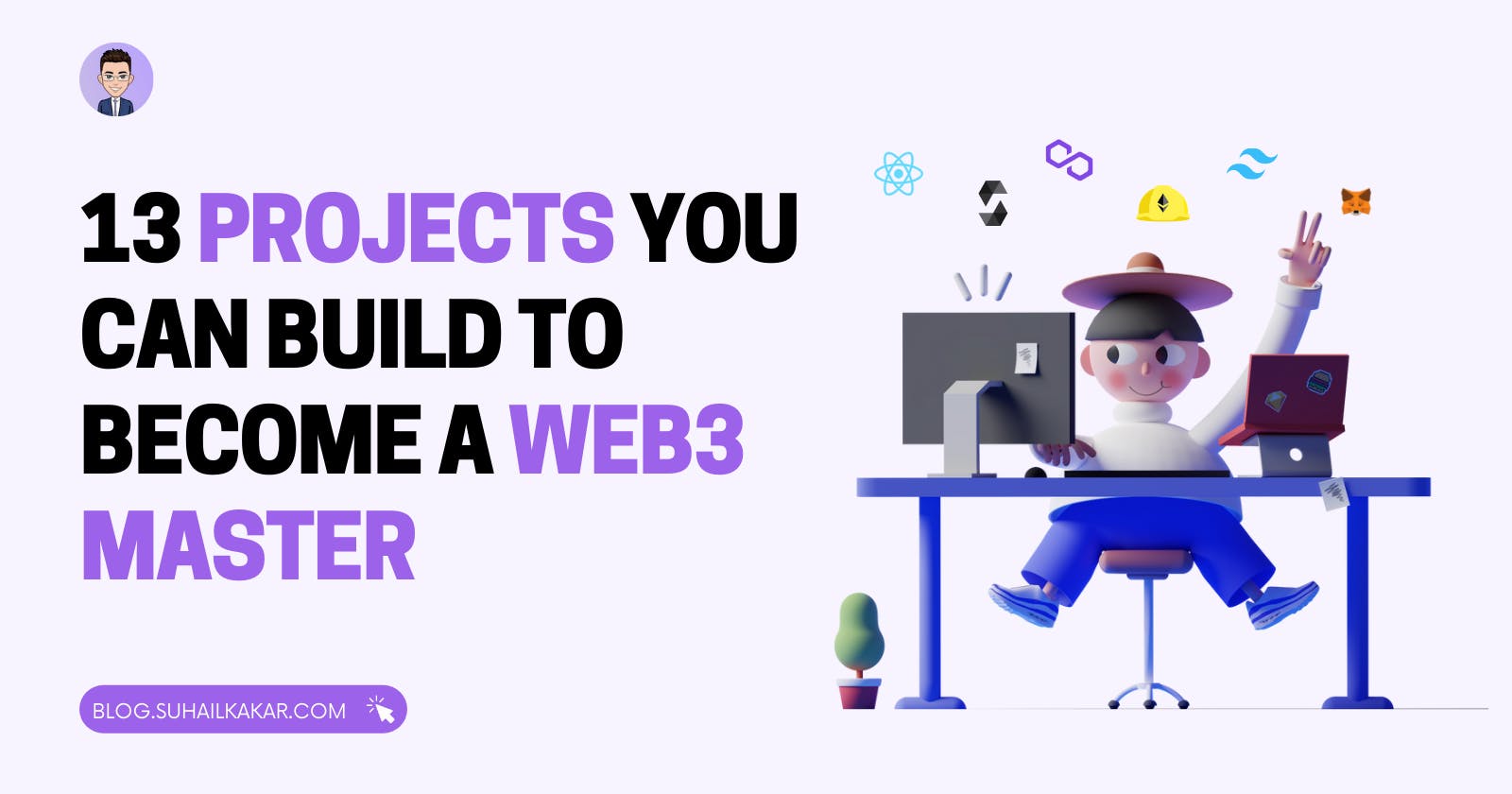13 Projects You Can Do to Become a Web3 and Blockchain Master - Beginner to Expert
Table of contents
- ERC-20 Token
- What you will learn
- Blockchain-based To-do App
- Ethereum Wallet
- Decentralized Blog
- Time lock Wallet
- NFT collection
- Transparent and Genuine Charity System
- NFT Music Application
- Peer To Peer Carpooling
- Blockchain-Based Voting System
- Decentralized Video Sharing App
- Social Media Application
- Decentralized Web Hosting System
- Conclusion
Learning to code can be difficult and confusing, especially if you aren't sure where to start. The greatest approach to improve your Web3 skills is to use them to create projects.
In this article, I will be sharing 13 projects that you can build to level up your Web3 and Blockchain skills, whether you're a novice or returning to coding.
Before we get into the projects, let's have a look at what decentralized apps are and how they work.
A decentralized app (dApp) is a digital application or program that resides and runs on a blockchain or peer-to-peer network of computers rather than a single computer and is independent of anyone's authority's control
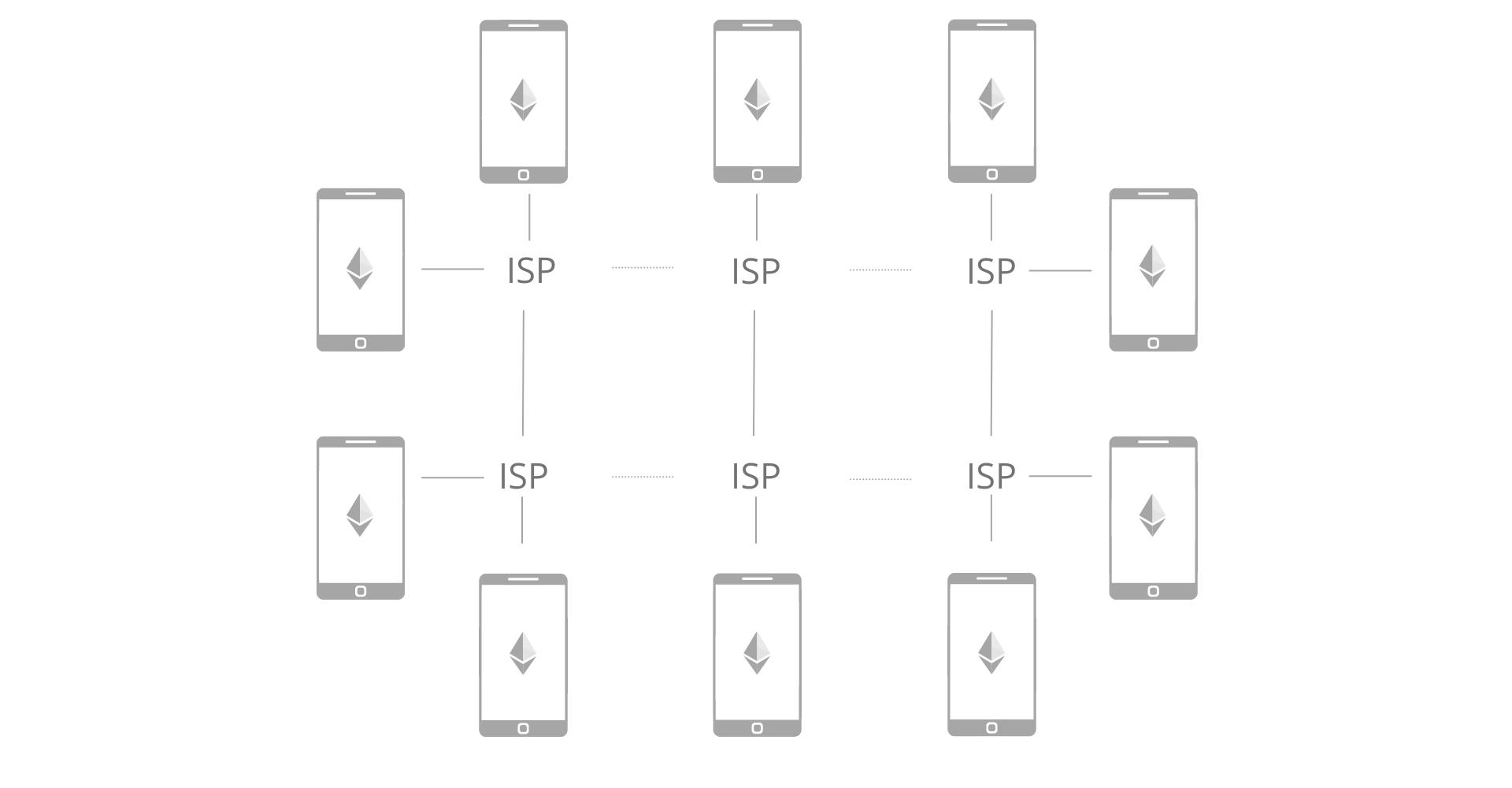
Decentralized applications, or DApps, are programs that are not controlled by a single organization and play an important role in the blockchain world. These decentralized apps run on a blockchain network in a public, open-source, and decentralized environment devoid of central control and influence.
Now that you know what a dapp is, let's have a look at some of the projects you may create to improve your Web3 skills.
ERC-20 Token

Cryptocurrencies have recently gained popularity, providing businesses and individuals with limitless opportunities. On the Ethereum blockchain, an ERC20 token is a standard for creating and issuing smart contracts. On our list, this is one of the most basic projects. You can make your own token and test it on any network.
Check out this guide by QuickNode on "How to create and deploy an ERC20 token".
What you will learn
You will learn the fundamentals of Solidity, how to set up a development environment using Hardhat, and how to deploy a smart contract on any network after completing this project.
Blockchain-based To-do App
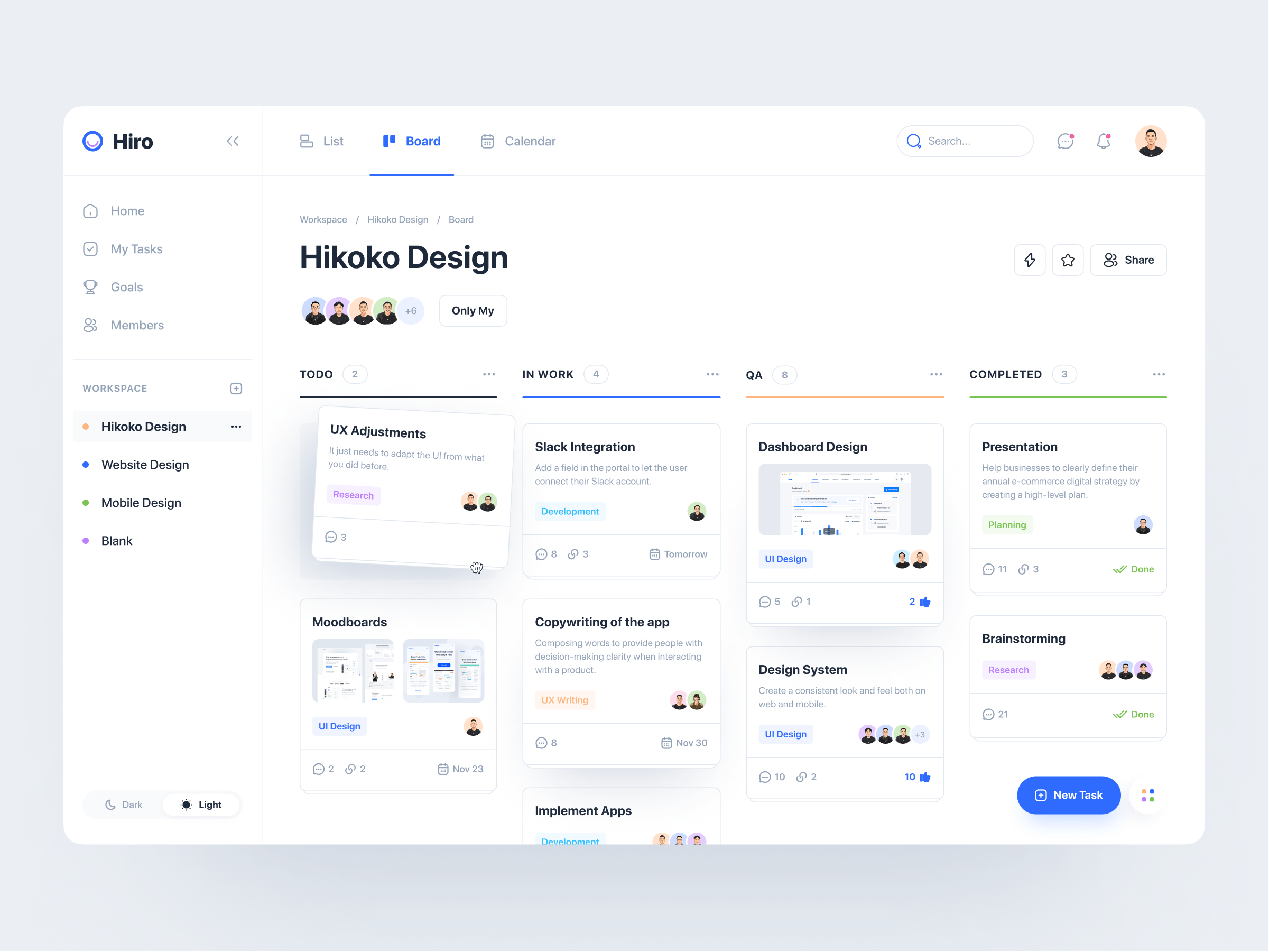
A todo app is another beginner-friendly project. Ethereum smart contracts are at the heart of this project. You can make a to-do website that allows users to add tasks, check them off as they are completed, and so on.
Here is an article by Gregory from Dapp University that teaches you, how to build a todo app on blockchain.
What you will learn
This project can teach you about what exactly is blockchain and how it really works. You will also learn about adding a new records to the blockchain.
Ethereum Wallet
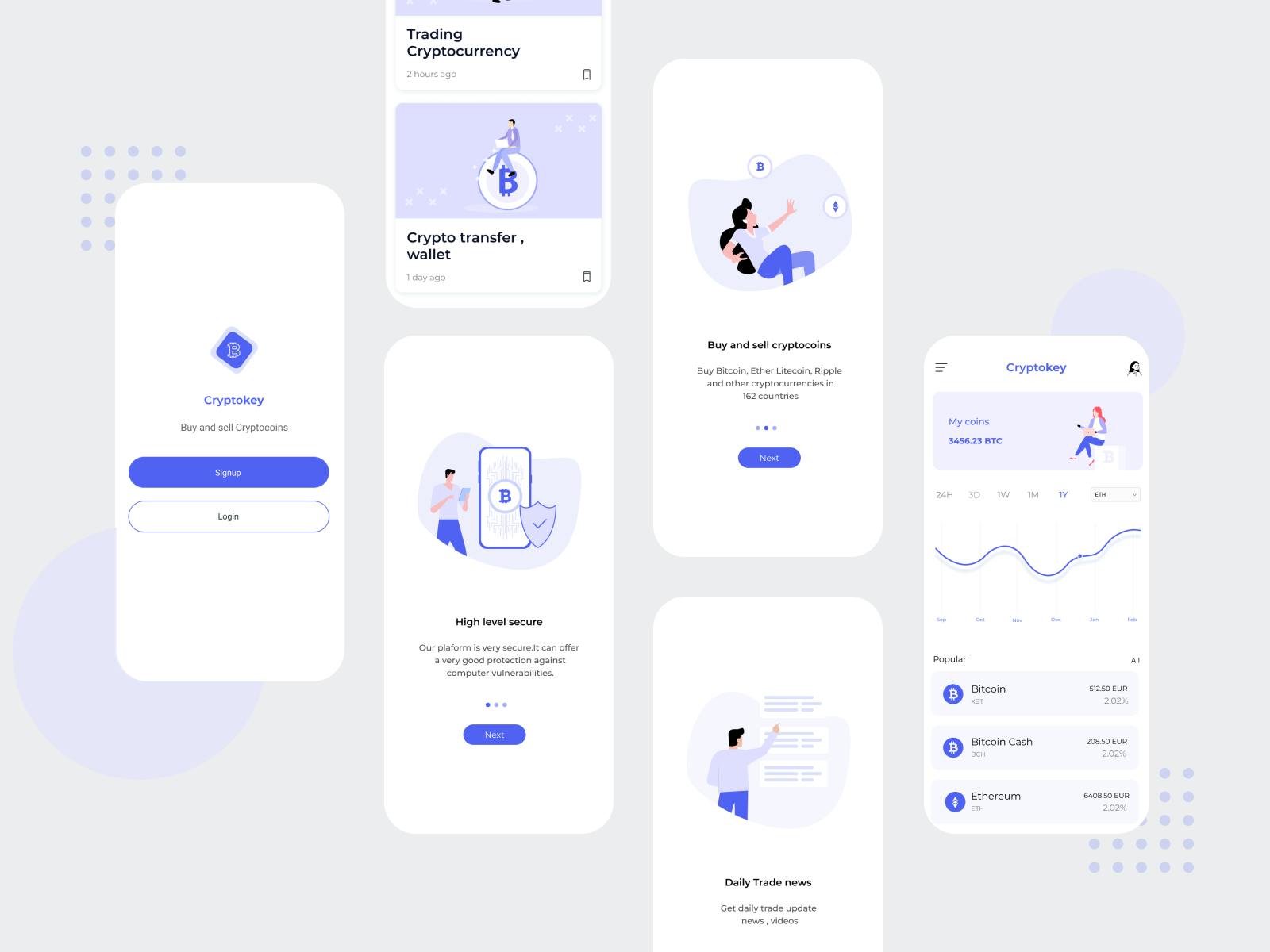
There are 100s of Ethereum wallets on the internet right now, each of them has its own pros and cons. Building your own Ethereum wallet and adding any feature you like would be an interesting project.
Paul has written a great guide showing on how to create an Ethereum wallet web app on freeCodeCamp.
What you will learn
This project can teach you about showing the cryptocurrency value in your wallet. , and adding funds to your wallet.
Decentralized Blog
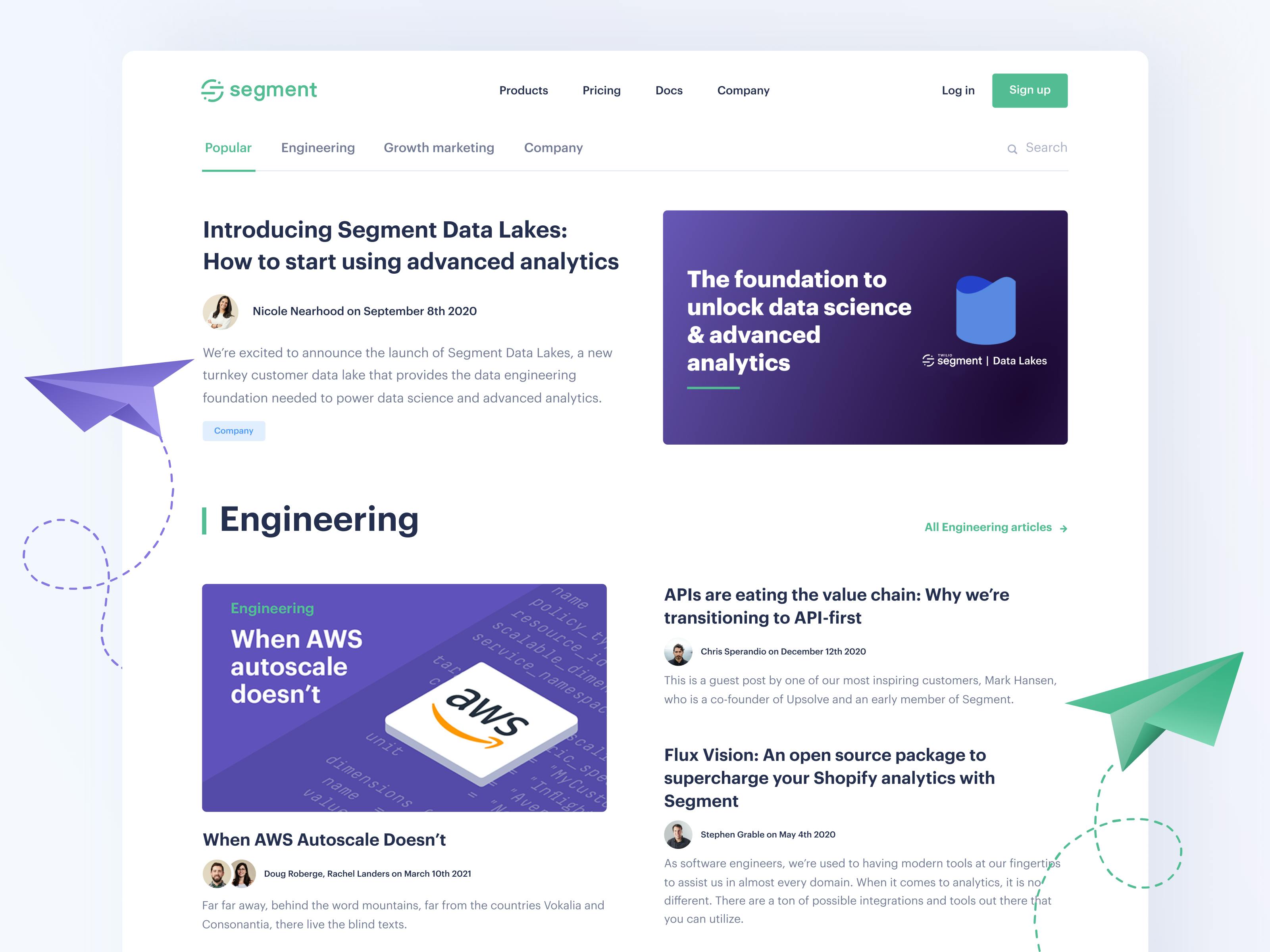 Building your own blog doesn't only improve your coding skill, but your online presence too. If you have a blog and share content regularly, you can get a lot of visitors which can increase your online presence.
Building your own blog doesn't only improve your coding skill, but your online presence too. If you have a blog and share content regularly, you can get a lot of visitors which can increase your online presence.
You can use this opportunity to build your blog on any blockchain.
Checkout Nader's article on how to build a full-stack blog application with Next.js and Solidity on Polygon blockchain
What you will learn
By building your blog website, you will learn about storing markdowns on the blockchains, querying a specific object to get blog data and it would increase your frontend skills.
Time lock Wallet
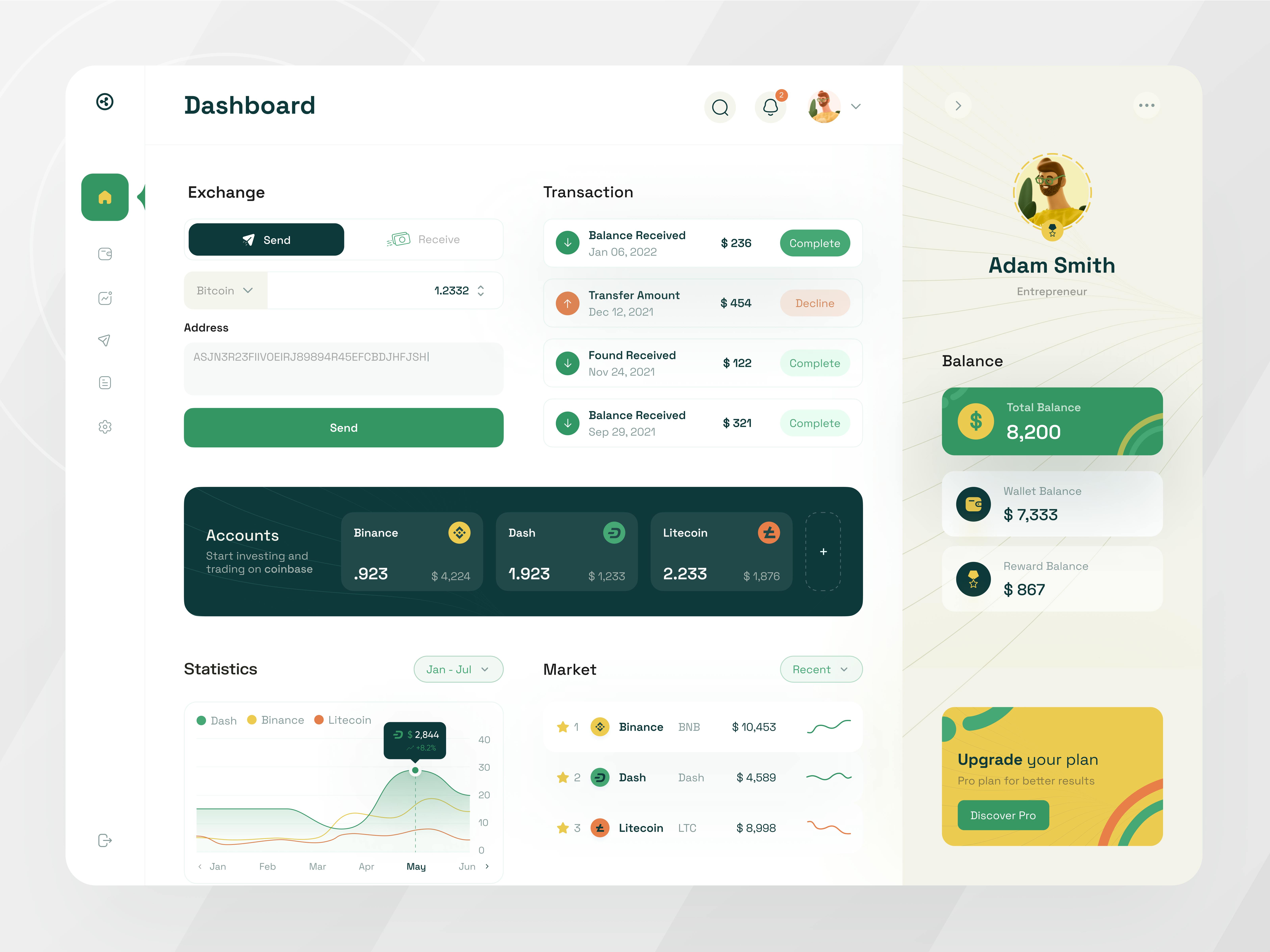
A wallet with a time lock smart contract would keep your crypto assets locked for a predetermined period of time. That means, even if you want to, you won't be able to withdraw your crypto assets.
What you will learn
By end of the project, you will be able to allow users to add funds to the smart contract and you will learn about locking those funds for a period of time.
NFT collection

It is 2022 and NFTs are everywhere, from Reddit to Twitter everyone is talking about them. People are making billion dollars by selling their NFTs. You can build an NFT marketplace where users can sell and buy NFTs. You can allow users to connect their wallet and bid or purchased any NFT they like based on the seller's preference.
What you will learn
By the end of this project, you will learn a lot about Web3 and solidity. From allowing users to signup to creating NFTs, list NFTs for sale, transferring the funds, bid placement, and item moderation.
Transparent and Genuine Charity System
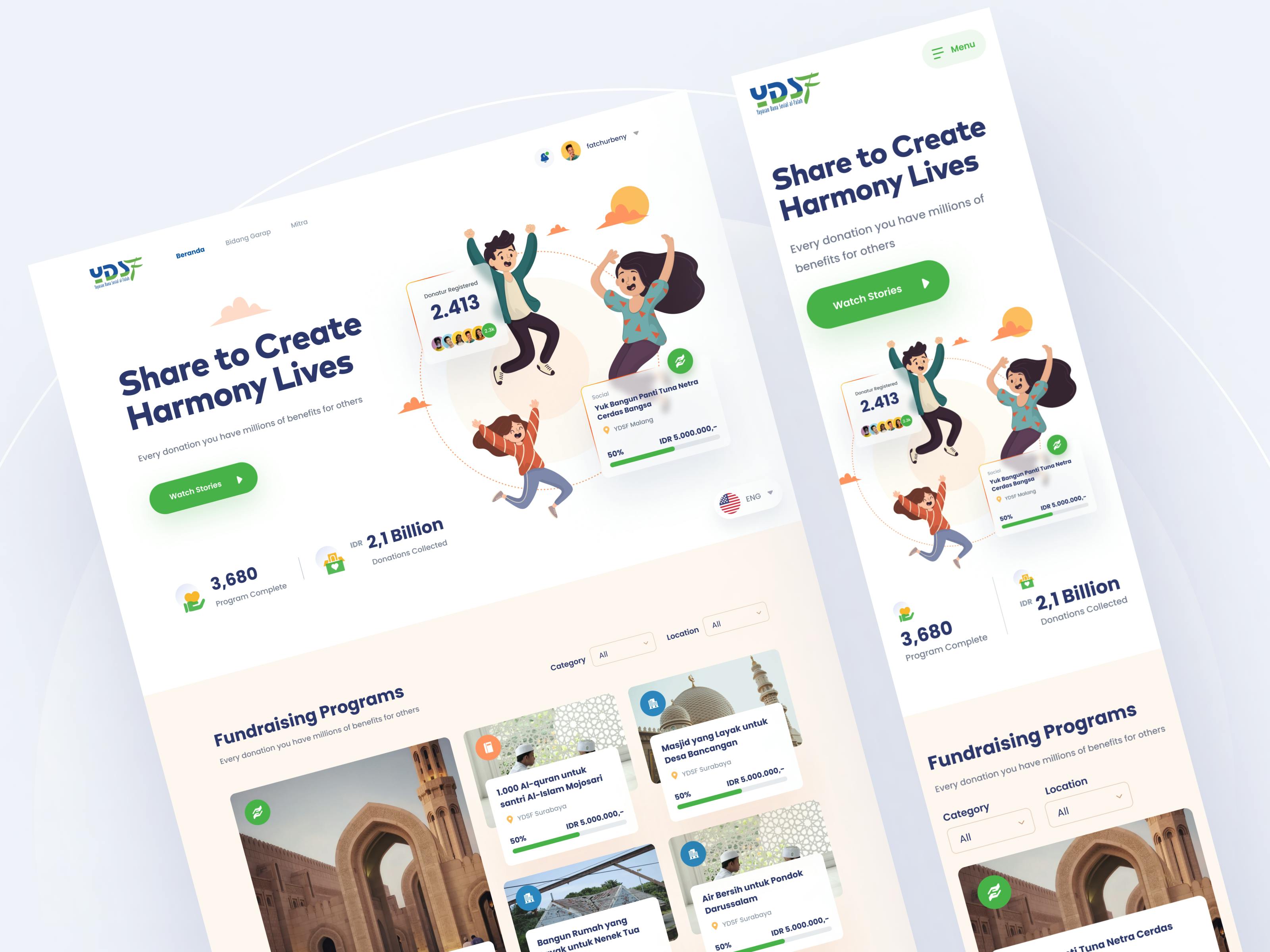
Online charity trusts could benefit from the blockchain system's transparency. Contributors can track the donation's progress in real-time and confirm whether or not it is reaching the right people.
What you will learn
This project can teach you about storing the images to IPFS, showing the donation amount in real-time, allowing users to send funds with different cryptos.
NFT Music Application

Imagine building a music application where each music is an NFT and each album is an NFT collection, no need to imagine you can just build it. Yes, you can, with blockchain technology and smart contract this type of application is 100% possible.
Here is an amazing video from Moralis on how to build a similar application.
What will you learn
This application would be pure gold in the blockchain ecosystem, and by doing this project, you will learn about making music an NFT and creating an NFT collection, and a lot more.
Peer To Peer Carpooling
 You can create a smart contract that would connect the rider and driver directly without the intervention of any third party like Uber. Agencies like Uber and Ola have all the data of drivers as well as of riders and this can lead to major privacy issues.
You can create a smart contract that would connect the rider and driver directly without the intervention of any third party like Uber. Agencies like Uber and Ola have all the data of drivers as well as of riders and this can lead to major privacy issues.
What you will learn
From this project, you will learn about having multiple user types and allowing users to transfer the amount to the driver in different crypto depending on the driver preference.
Blockchain-Based Voting System
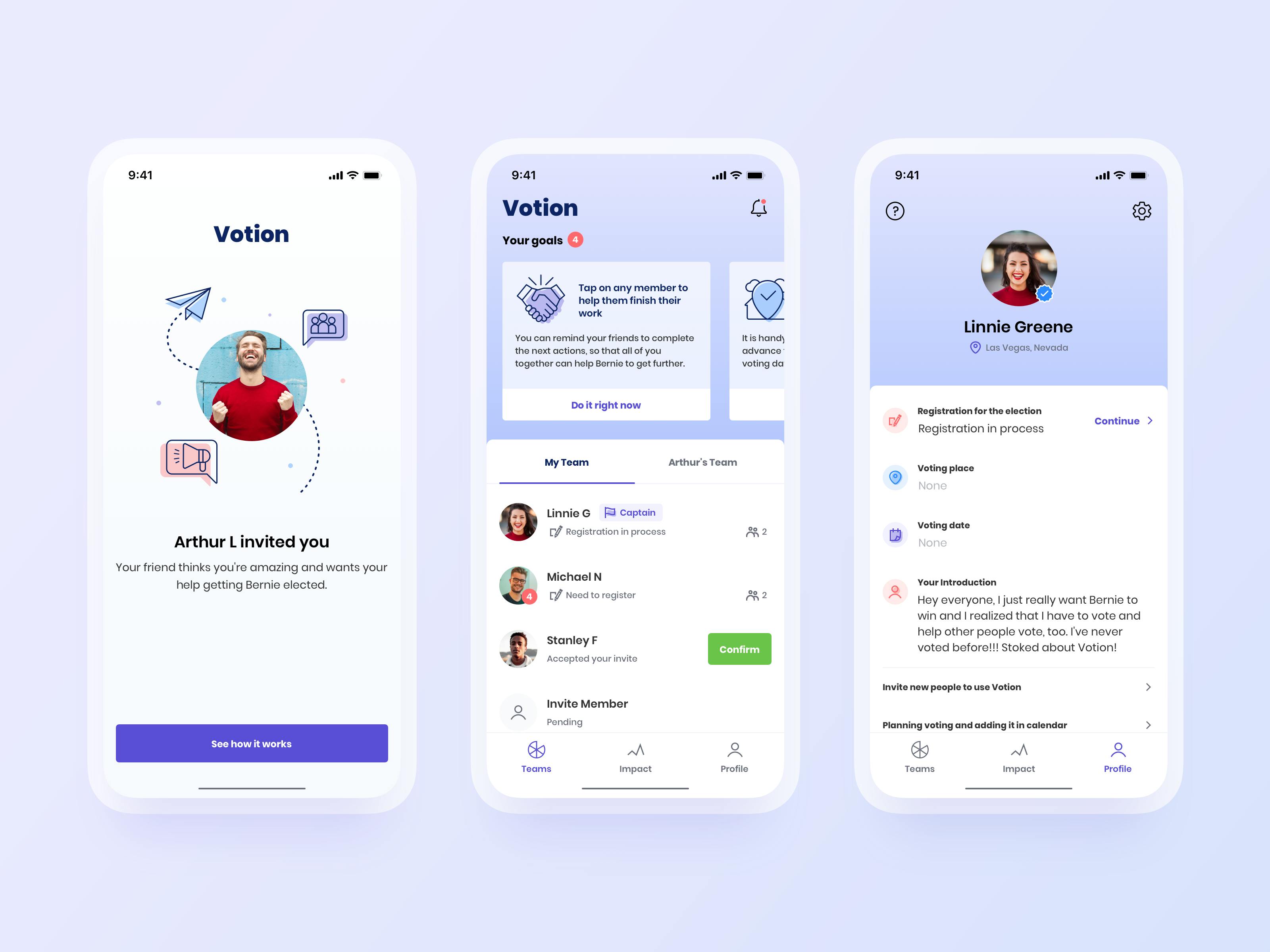
The blockchain-based system can ensure transparency. Voting can be done using a mobile application that is connected to a blockchain system if it is successfully established.
What you will learn
This project can teach you about connecting the blockchain system to a mobile application and about the voting process.
Decentralized Video Sharing App
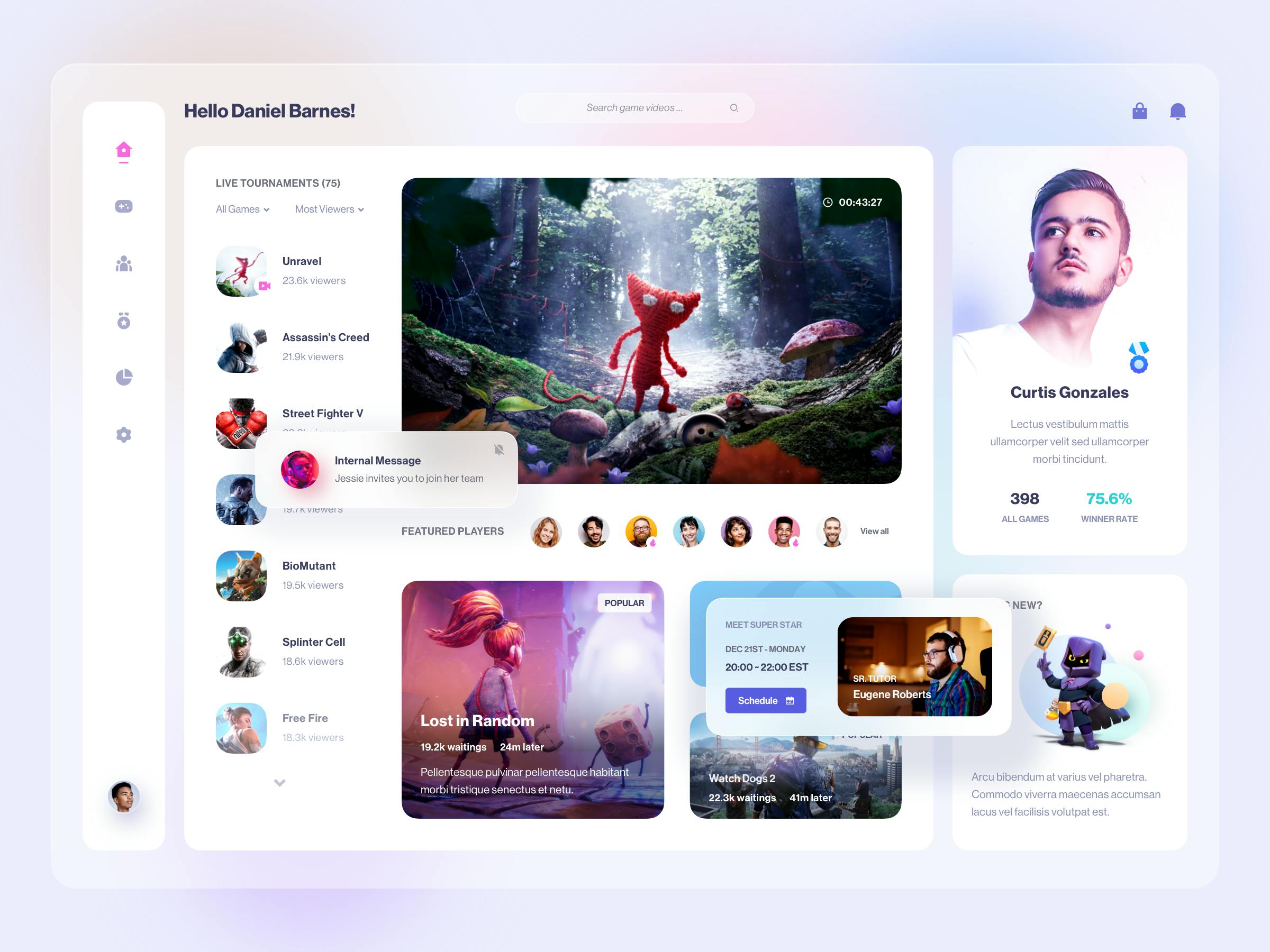
If you want to learn about storing videos on the IPFS, saving the hash on the blockchain, adding media players, categorizing video on the app, then it would be better to build a video-sharing app similar to YouTube. You don't need to 100% do the same as youtube, you have the freedom to redesign and create your own version of YouTube.
I will be sharing a tutorial on how you can build a decentralized YouTube clone, so stay tuned. Meanwhile, you can check the source of it here
What you will learn
You will learn about storing videos on the IPFS, saving the hash on the blockchain, adding media players, categorizing video on the app.
Social Media Application
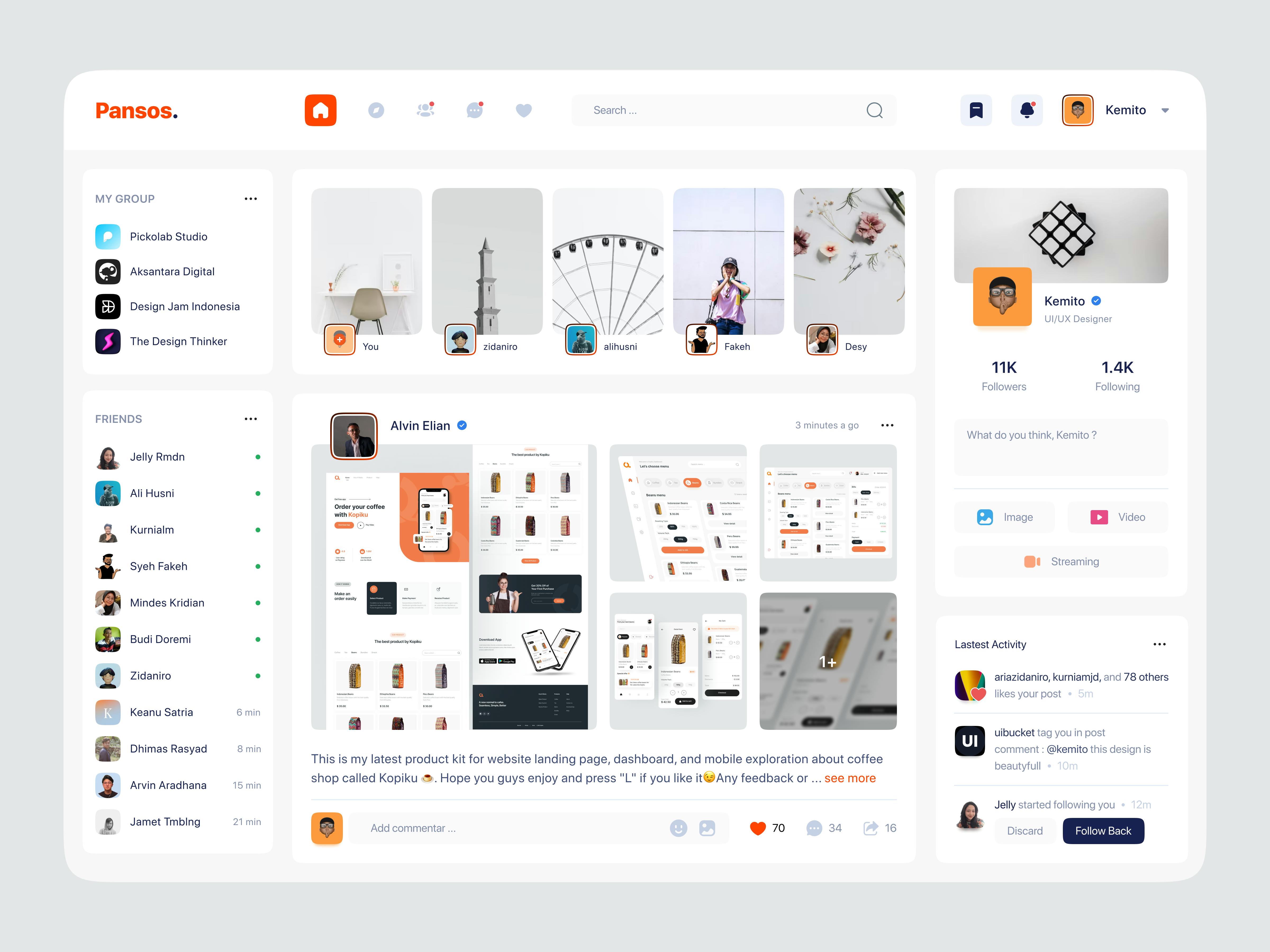
Social media applications are very cool, they allow us to interact with other people, share our moments with our friends and etc, but the problem is they have all our information from our name to our date of birth and our locations. What if you could build a social media application that just allows the user to connect their wallet and that is it, they would have the whole access to the app.
I have already built an Instagram clone on Ethereum blockchain, You can find the source code here.
What you will learn
This is a very interesting project and you will learn about using storing post images on IPFS, using graphs for searching the post and saving the post data on the blockchain.
Decentralized Web Hosting System

Websites are hosted on servers that are capable of crashing or otherwise not working. What if with blockchain, your website doesn’t require a central server? With blockchain, you can split your website content into granules and distribute it all over the internet and then link them together using a blockchain registry.
What you will learn
From this project, you will learn about the deployment of the web pages to blockchain and managing multiple websites.
Conclusion
I hope this article gave you some idea of building projects to improve your Web3 and Blockchain skills. It may appear challenging based on the design, but you are not required to build it in the same manner. Those images are merely examples of how your app might appear.
Images are taken from Dribbble and Unsplash and credit go to their author/designer.
That is it for this article. I hope you found this article useful, if you need any help please let me know in the comment section.
Let's connect on Twitter and LinkedIn.
👋 Thanks for reading, See you next time

